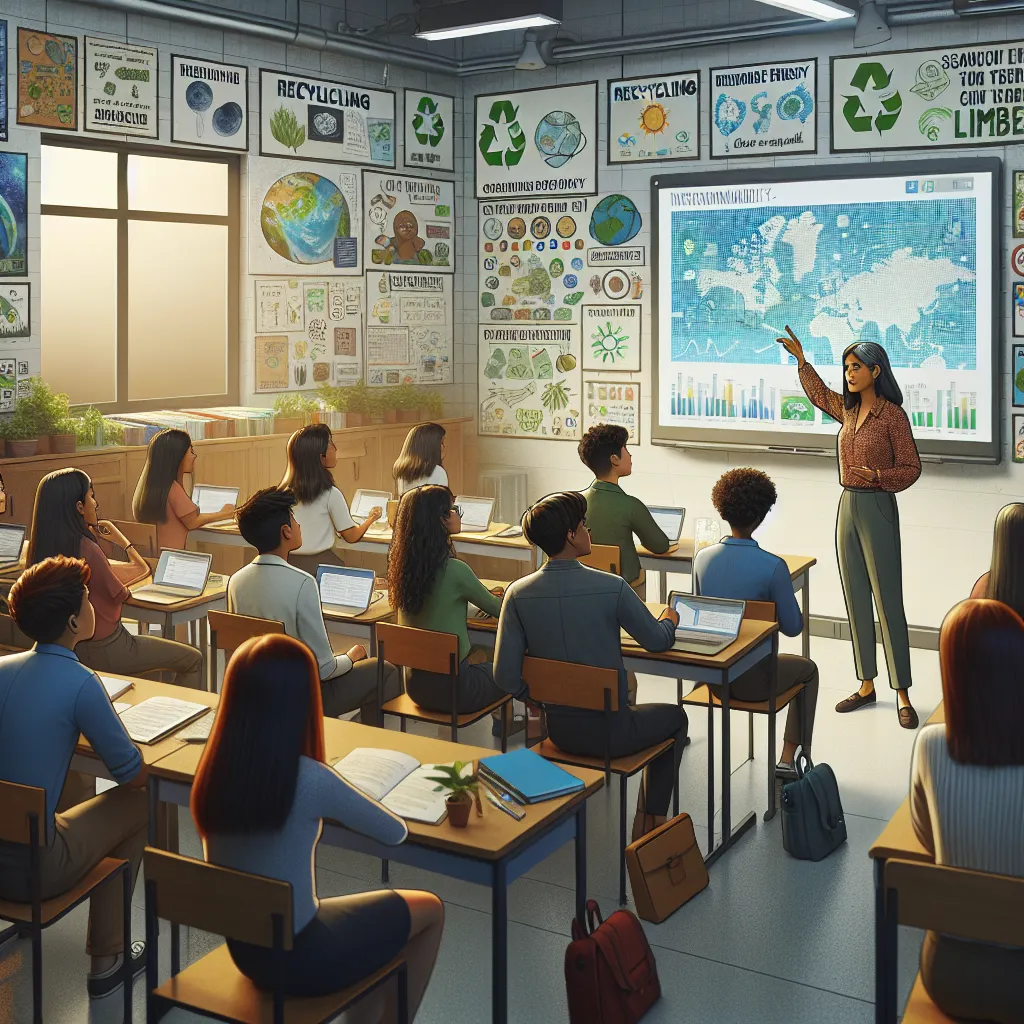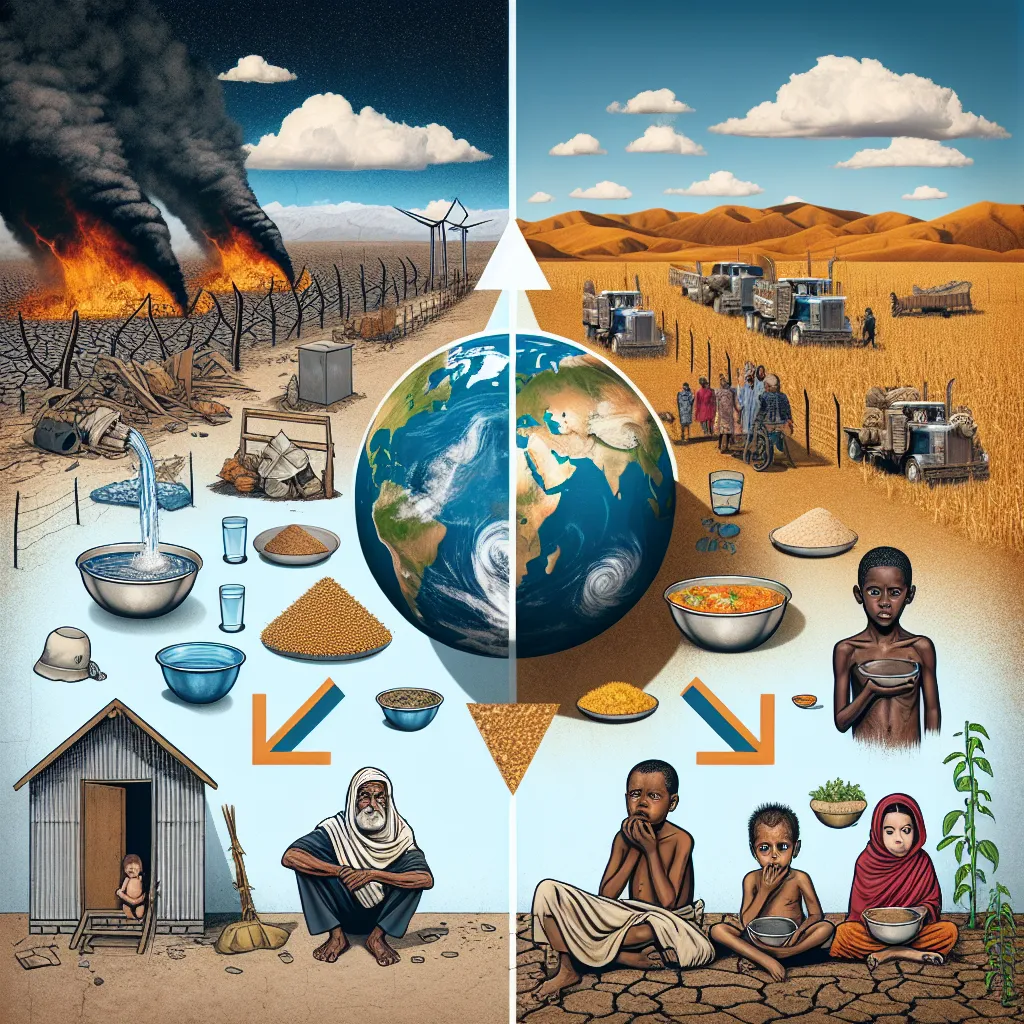Public transportation and its role in reducing carbon emissions is a recurring theme in IELTS Writing Task 2. This topic has appeared frequently in past exams and is likely to continue being a popular choice due to its relevance to global environmental concerns. Let’s explore a sample question and provide model essays to help you prepare effectively for this type of task.
Nội dung bài viết
Analyzing the Task
Some people believe that the best way to reduce carbon emissions is to increase the use of public transportation. To what extent do you agree or disagree with this statement?
This question asks for your opinion on whether increasing public transportation usage is the most effective method to reduce carbon emissions. It’s crucial to note that this is an agree/disagree type question, requiring you to clearly state your position and support it with well-developed arguments.
Model Essay for Band 8-9
High Band Score Essay
Climate change has become one of the most pressing issues of our time, and reducing carbon emissions is crucial in combating this global threat. While some argue that promoting public transportation is the most effective solution, I partially agree with this viewpoint, as I believe it is a significant factor but not the sole answer to this complex problem.
Undoubtedly, increasing the use of public transportation can substantially decrease carbon emissions. Mass transit systems, such as buses and trains, can transport a large number of people while consuming less fuel per capita compared to individual vehicles. For instance, a fully occupied bus can take up to 40-50 cars off the road, significantly reducing the carbon footprint of commuters. Moreover, as cities invest in electric or hybrid public transport vehicles, the environmental benefits become even more pronounced.
However, focusing solely on public transportation overlooks other crucial aspects of carbon emission reduction. Industrial emissions, for example, account for a significant portion of global carbon output. Implementing stricter regulations on factories and encouraging the adoption of cleaner technologies in manufacturing processes could yield substantial reductions in carbon emissions. Additionally, promoting renewable energy sources like solar and wind power for electricity generation can dramatically cut down on fossil fuel consumption, which is a major contributor to carbon emissions.
Furthermore, while public transportation is an excellent solution for urban areas, it may not be as effective in rural or less densely populated regions. In these areas, encouraging the use of electric vehicles or improving the fuel efficiency of existing vehicles might be more practical approaches to reducing carbon emissions from transportation.
In conclusion, while I agree that increasing public transportation usage is a valuable strategy in reducing carbon emissions, I believe it should be part of a more comprehensive approach. Combining improved public transit with industrial regulations, renewable energy adoption, and alternative transportation solutions for different geographical contexts would create a more effective and holistic strategy to combat carbon emissions and mitigate climate change.
Word count: 309
 Public transportation reducing carbon emissions
Public transportation reducing carbon emissions
Model Essay for Band 6-7
Medium Band Score Essay
In recent years, there has been a growing concern about carbon emissions and their impact on the environment. Some people think that increasing the use of public transportation is the best way to reduce these emissions. I agree with this idea to some extent, but I also think there are other important factors to consider.
Using more public transportation can definitely help reduce carbon emissions. Buses and trains can carry many people at once, which means fewer cars on the road. This leads to less fuel being used and fewer emissions being released into the air. For example, in cities with good public transport systems, like London or Tokyo, many people choose to use trains or buses instead of driving, which helps to keep the air cleaner.
However, I don’t think public transportation is the only solution to this problem. There are other ways to reduce carbon emissions that are also important. For instance, using renewable energy sources like solar or wind power can help a lot. If we can produce electricity without burning fossil fuels, we can reduce emissions from power plants, which are a big source of carbon pollution.
Another important factor is improving the energy efficiency of buildings. Many homes and offices use a lot of energy for heating and cooling. If we can make buildings more efficient, we can reduce the amount of energy they use and, therefore, the amount of carbon emissions they produce.
In conclusion, while I agree that increasing public transportation use is a good way to reduce carbon emissions, I don’t think it’s the only solution. We need to combine this with other strategies like using renewable energy and improving energy efficiency in buildings to really make a difference in reducing carbon emissions.
Word count: 282
Key Points to Remember When Writing
-
Structure: Both essays follow a clear structure with an introduction, body paragraphs, and a conclusion. The higher band essay has more sophisticated paragraph transitions and a more nuanced thesis statement.
-
Vocabulary: The Band 8-9 essay uses more advanced vocabulary and phrases such as “pressing issues,” “combating this global threat,” and “holistic strategy.” The Band 6-7 essay uses simpler but still effective language.
-
Grammar: The higher band essay demonstrates a wider range of grammatical structures, including complex sentences and conditional statements. The medium band essay uses mostly simple and compound sentences.
-
Task Response: Both essays address the question directly, but the Band 8-9 essay provides a more balanced and in-depth analysis of the topic.
-
Coherence and Cohesion: The Band 8-9 essay uses more sophisticated linking words and phrases to connect ideas, while the Band 6-7 essay uses simpler connectors but still maintains good coherence.
Important Vocabulary to Remember
- Carbon emissions (noun) /ˈkɑːrbən ɪˈmɪʃənz/ – the release of carbon dioxide into the atmosphere
- Public transportation (noun) /ˈpʌblɪk trænspɔːrˈteɪʃən/ – modes of transport available to the public, typically run on fixed routes
- Climate change (noun) /ˈklaɪmət tʃeɪndʒ/ – long-term shifts in global weather patterns and temperatures
- Renewable energy (noun) /rɪˈnjuːəbəl ˈenədʒi/ – energy from sources that are naturally replenished
- Energy efficiency (noun) /ˈenədʒi ɪˈfɪʃənsi/ – using less energy to perform the same task
- Fossil fuels (noun) /ˈfɒsəl fjuːəlz/ – fuels formed from the remains of ancient plants and animals
- Mitigate (verb) /ˈmɪtɪɡeɪt/ – to make less severe or serious
- Holistic (adjective) /həʊˈlɪstɪk/ – characterized by the treatment of the whole rather than just the parts
- Substantial (adjective) /səbˈstænʃəl/ – of considerable importance or size
- Infrastructure (noun) /ˈɪnfrəstrʌktʃər/ – the basic physical and organizational structures needed for the operation of a society
Conclusion
The topic of public transportation and its role in reducing carbon emissions is likely to remain relevant in IELTS Writing Task 2. To prepare effectively, practice writing essays on related themes such as:
- The role of government in promoting sustainable transportation
- Balancing economic growth with environmental protection
- The impact of personal transportation choices on climate change
- Innovative technologies for reducing carbon emissions in urban areas
Remember to structure your essays clearly, use a range of vocabulary and grammatical structures, and provide specific examples to support your arguments. Feel free to practice writing an essay on the given topic and share it in the comments section for feedback and discussion. This active approach to learning will significantly improve your IELTS writing skills.


